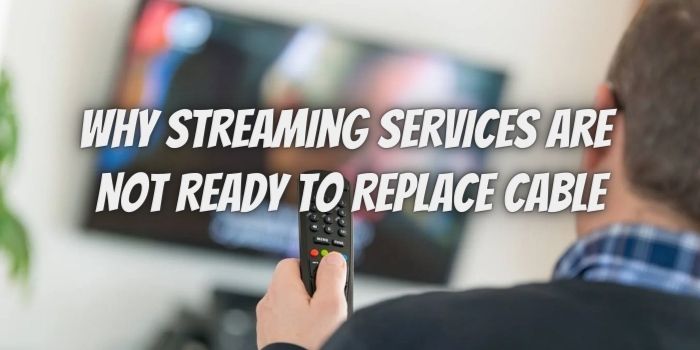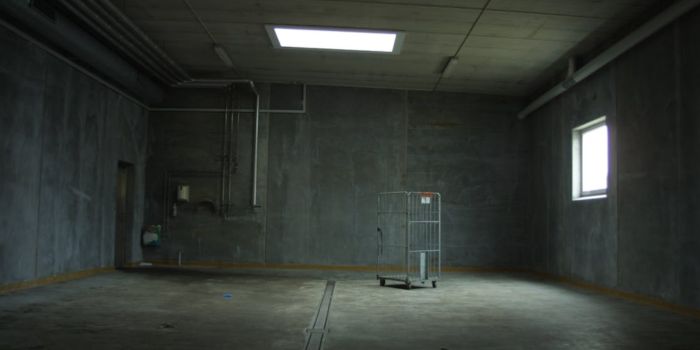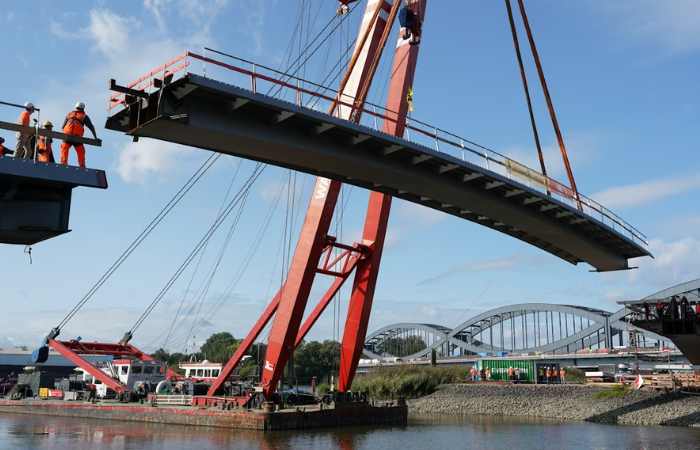Television serves as a wonderful means of information and entertainment. No home is complete without it. Though there are many television delivery systems in existence, the two fighting head-to-head in an explosive battle are cable TV and streaming.
Here is a quick rundown of both technologies: Cable TV delivers television programming through traditional copper cables, whereas, streaming TV leverages the flexibility of the internet to transmit high-definition video to connected homes. For cable-based entertainment, you need a television subscription from a top cable company and a set-top box linked to an HDTV to receive the feed. Whereas for streaming, all you need is a high-speed internet connection, which you can acquire from Cox internet plans or similar packages in your area, and a display to watch the content. Moreover, you have the freedom to stream TV free of cost or via paid subscription, depending on the platform of your choosing.
Following the latest innovations in technology, streaming TV with its internet-based entertainment is winning the favor of a significant majority of people in the current era. A Conviva research from last year reported 44% more Americans indulging in online video streaming than ever before, making streaming TV a star during the pandemic. Where does this leave cable TV? Certainly, not in the dust.
Though streaming services may have the upper hand at this moment in time, they haven’t come close to replacing cable TV and displacing its everlasting importance. Even today, 74 million households in the US hold on to their cable subscriptions. Why is that? Why do cable companies continue to persist in the storm? Let’s take a look at some of the top reasons below.
Importance of Live TV Programming
Live TV broadcasts are real-time transmissions of audio and video. For people who are hardcore sports fans or love to stay updated on current events through cable news, live broadcasts matter more than anything when it comes to television. Moreover, sports associations and sports networks make carriage deals with cable companies to bring the live TV programming first hand to cable subscribers’ screens. Almost all cable lineups, whether basic TV or the premium tier, consist of the best sports, news, and live TV networks, which are loved by viewers nationwide.
Though streaming services are also catching up with this live TV trend, their pace is slow and uneven. The top live TV streaming services like Hulu + Live TV miss out on certain crucial sports networks, which leaves the streaming TV subscribers utterly frustrated. Moreover, the live TV streaming services, which do enlist all the sports networks in their library, end up being more expensive than cable.
Reliance on Internet Stability
Nothing ruins a good TV time more than buffering. Streaming services may have the edge over cable TV by offering entertainment along the same internet lines rather than distributing bandwidth between two services, but this merit is short-lived. Here’s how: Since streaming TV delivers programming over the internet, it depends on the stability of your connection to consistently load an HD quality video. If the connection slows down or drops due to an area-wide outage, then your TV stream will also suffer from lags and eventually, cease upon receiving no signal. This means your episode will be interrupted, ruining your entire experience.
Fortunately, cable TV is free from such afflictions and dependencies. Though cable TV reception may falter here and there due to sunspots, the outage is brief and occurs rarely. That’s because cable TV takes up a separate portion of the bandwidth, remaining independent of the internet’s performance. Thus, it broadcasts programs, shows, specials, and episodes right on time, in a consistent manner, and without any pixelating video or signal interruption.
Onslaught of Options
Diversity of options is a good thing. But, too much diversity can leave a negative aftertaste for the viewers. People essentially cut the cord and shifted to streaming services back in the day because they realized its simplicity and flexibility in comparison to cable TV. While cable packages offered 200 to 300 channels, which they couldn’t possibly watch in a lifetime, the pared-down streaming libraries were a welcome alternative. However, this didn’t go on for much longer.
Ultimately, seeing the mind-blowing market share of streaming services and the hype of the profitable streaming TV model, many companies diverted their attention to releasing their own versions of streaming apps, which led to severe market saturation. Nowadays, there are hundreds of streaming TV platforms in existence. Consumers have too many choices, which drags them back to where they started. Thus, the onslaught of streaming options has left a majority of viewers craving for a traditional cable TV system and scheduled programming, which always carried an element of surprise.
Emergence of Cable-Streaming Hybrid
A golden rule that many people live by is, “when you can’t beat them, join them.” This is the strategy that most cable companies have adopted in response to the looming threat from disruptive streaming services. Instead of rallying behind their own programming models and denying the rising trend, they have decided to present a hybrid cable-streaming solution to consumers to hit two birds with one stone. Cable giants have redesigned their cable boxes to include streaming capabilities. They also offer free Netflix or HBO Max for a year alongside their cable packages to reel the customers right in.
Moreover, they have rolled out their own signature TV apps, which viewers can download on their mobile devices, and stream DVR recordings, on-demand selections, and live TV programming on the go, as long as they have internet access. Thus, by integrating the competition into their system, cable companies have succeeded in retaining their subscriber base in times of streaming.
Wrapping Up
It is true that streaming services have sown their roots deeper in the hearts of consumers than cable. Yet, as the aforementioned points prove, they are not ready to replace cable TV yet. We are not sure what the future holds for cable, but for now, it seems to be pushing its line of defense ahead in the raging battle with streaming TV.




